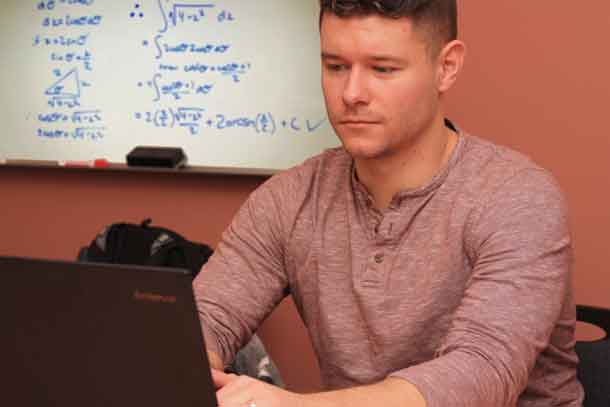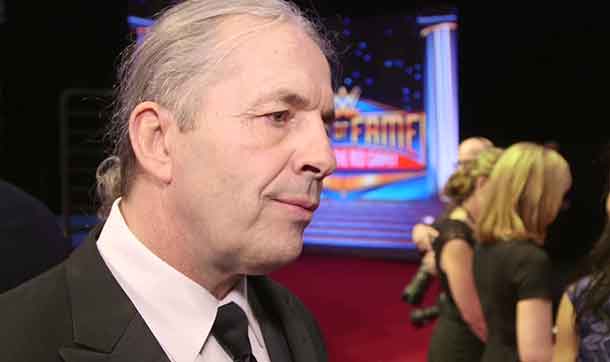

by Graham Strong
THUNDER BAY – HEALTH – Chris Abraham, a PhD candidate working with Dr. Laura Curiel and Dr. Samuel Pichardo at the Thunder Bay Regional Health Research Institute, presented research in Vienna, Austria in 2016 that represents early steps to a whole new way of diagnosing and treating prostate cancer.
Contrast in medical imaging is the ability to tell the difference between different kinds of tissues such as cancer cells and healthy cells. This helps doctors find cancerous tumours and plan treatments. In prostate cancer, magnetic resonance imaging (MRI) has difficulty showing the difference between malignant tissue and healthy tissue in the prostate because there isn’t enough contrast.
Abraham is investigating a new way to create better contrast by enhancing the “intrinsic characteristics” of each type of tissue to maximize contrast.
“There are many different variables that you can input into an MRI to change how the signal intensity looks,” Abraham said. A complex equation can be used to enhance minute differences between healthy and cancerous prostate cells to increase the contrast in the image. “We found that you can optimize the MRI parameters to create better contrast between the healthy prostate cells and cancer cells compared to conventional MR scans.”
It is groundbreaking research – Abraham said that he does not know of any similar research underway outside of the Health Research Institute. There is one significant drawback: the signal can be relatively weak compared to those using traditional contrast agents. However, the imaging technique offers several advantages. For one, contrast agents and biomarkers are difficult and expensive to develop. Further, some people can have bad reactions to contrast agents. This new approach solves both those problems since it can be used with any MRI unit without contrast agents. This technique could also be used with traditional contrast agents to enhance contrast even more.
Although the technique could be used as a diagnostic method, the real advantage could be to help target cancer cells during magnetic resonance-guided high-intensity focused ultrasound (MRgHIFU), which is an emerging treatment for some prostate cancer. Abraham is already researching possible techniques. The treatment might fully ablate (or “cook” at about 62 degrees Celsius) the cancer cells, or it might be used as a hyperthermia treatment (heating the cancer cells to about 43 degrees Celsius) to help improve the effectiveness of chemotherapy or radiation therapy. Hyperthermia has the potential to weaken the cancer cells and boost the body’s own immune system so that lower doses of radiation or chemotherapy would be needed, in turn reducing the associated side effects.
Both ablation and hyperthermia would offer the possibility of other treatment methods for prostate cancer patients to avoid nerve damage that is common in surgical treatments that can lead to sexual dysfunction, incontinence, and other issues.
“Survival isn’t enough. My motivation is to create a better treatment option using HIFU to avoid these complications.”
These uses are all still theoretical – clinical trials would be needed to develop any sort of treatment. Still, the research is promising. Abraham presented both research projects at the European Society for Magnetic Resonance in Medicine and Biology (ESMRMB) 2016 Congress in Vienna, Austria. Travel to the conference was provided through a grant from the Prostate Cancer Canada Network Thunder Bay.
Abraham is involved in five research projects at the Health Research Institute, all relating to HIFU, under the mentorship of Dr. Curiel and Dr. Pichardo. “They are amazing to work for. I wouldn’t be who I am without them.”
Other HIFU-related projects he is working on include biomarker research for prostate cancer and development of specialized MRI coils for HIFU treatment of paediatric neuroblastoma at SickKids in Toronto.


![Thunder Bay – “Your cells said to me ‘Do you know who I am?” – Dr. Lai [l-r] Dr. Rui Wang, Lakehead University Medical Research Team Lead; Frank Lopez, Partner, Grant Thornton LLP; Dr. Christopher Lai, Cardiologist, Curans Heart Centre; Dawne-Marie MacLeod, Partner, Grant Thornton LLP; Angie Maltese, Partner, Grant Thornton LLP; Dr. Guangdong Yang, Lakehead University Medical Research Team Lead](https://www.netnewsledger.com/wp-content/uploads/2014/01/Curans-Heart-Care.jpg)
